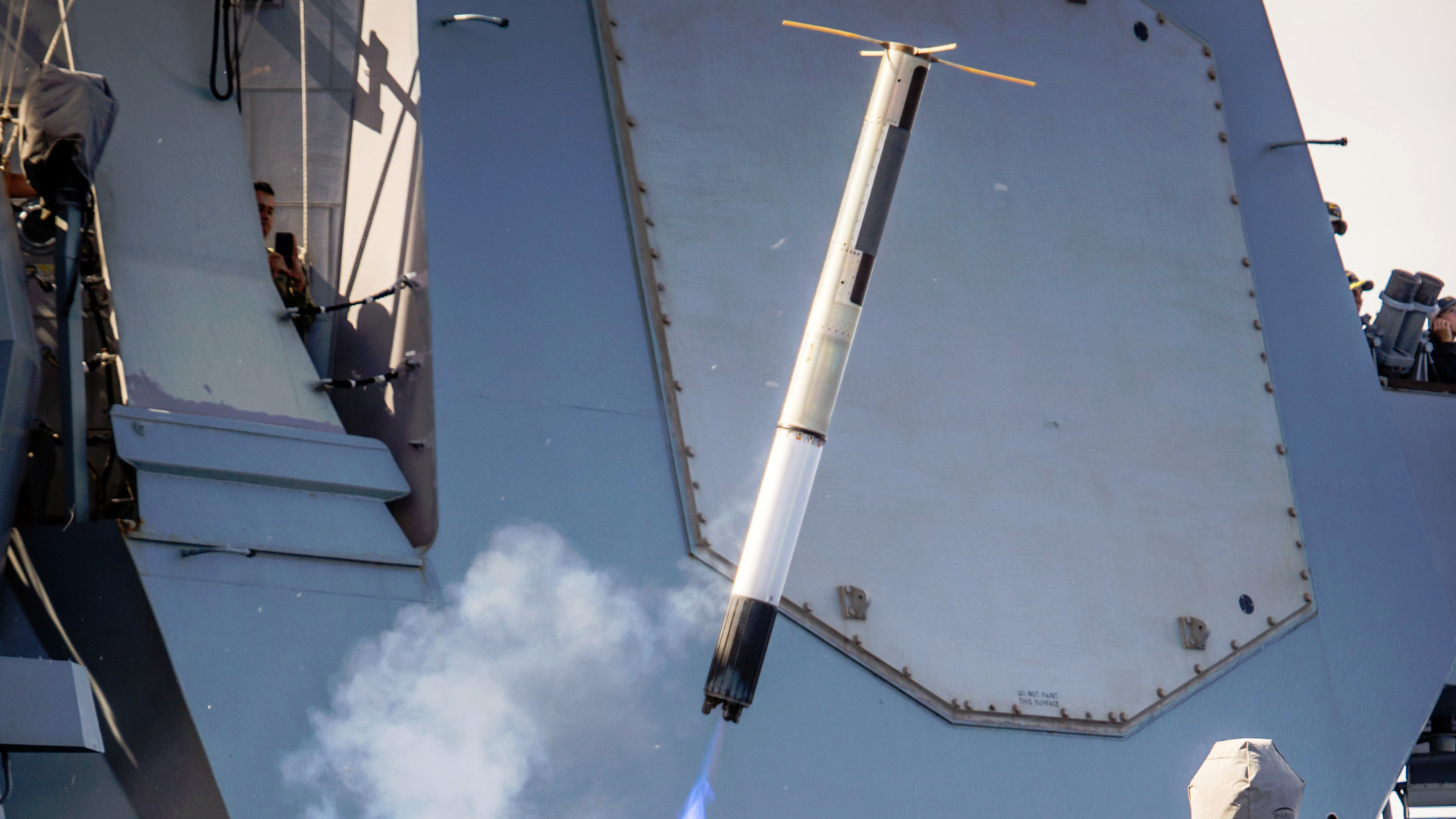The U.S. Navy’s use of expendable Nulka decoys in combat has highlighted the need to expand the ability of its ships to launch off-board decoying electronic attacks, including ones lasting tens of minutes or more. Expanded electronic warfare capabilities and capacity could be particularly valuable for helping defend against high-volume attacks, such as barrages of anti-ship cruise missiles or certain kinds of drones. This notably follows the service’s announcement last year that one of its top priorities if it had more funding would be accelerating work on a new longer-endurance ship-launched flying decoy drone.
Navy Rear Adm. William Daly, head of the Navy’s surface warfare division, talked about combat experience with Nulka and the desire for more off-board electronic attack capabilities during a talk at the Surface Navy Association’s main annual symposium last week.
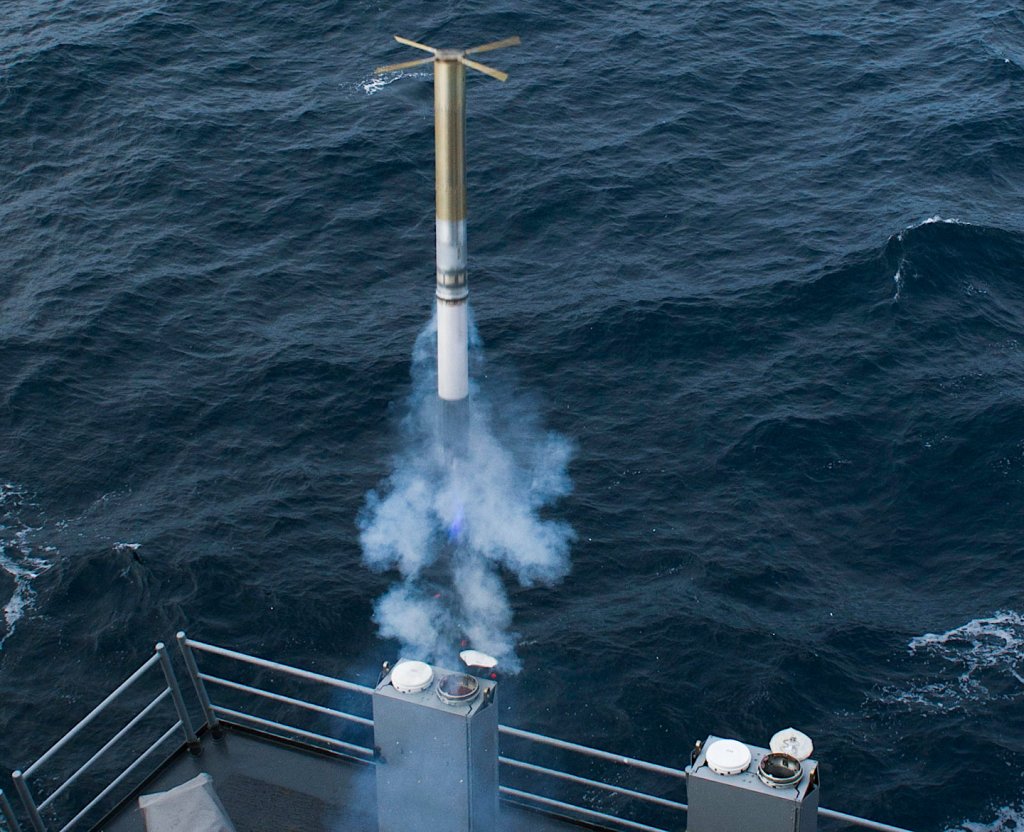
“We need more off-board electronic EA [electronic attack]. Nulka has demonstrated great performance in combat,” Daly said. “However, we need longer legs for saturation, to counter saturation rates, and tens of minutes or longer for off-board EA.”
In U.S. military parlance, electronic attacks involve use of “electromagnetic energy to degrade or deny an enemy’s use of the spectrum,” according to a primer from the Congressional Research Service.
Nulka decoys are designed to hover in the air for a period of time after launch, but how long exactly they can stay aloft is unclear. The result of a cooperative effort between the United States and Australia, Nulka carries an electronic warfare system that actively produces a signature that mimics that of a large warship to help lure away incoming radar-guided anti-ship cruise missiles. Arleigh Burke class destroyers, Ticonderoga class cruisers, Nimitz class aircraft carriers, America class amphibious assault ships, San Antonio class amphibious warfare ships, and both subclasses of Littoral Combat Ships (LCS) are among the Navy vessels equipped with Nulka. The U.S. Coast Guard’s Legend class National Security Cutters and various foreign naval vessels can employ the decoys, as well.

In his remarks last week, Daly did not elaborate on the combat use of Nulka to date or where those employments had occurred. Navy warships capable of employing the decoys have been actively engaged in defending against Houthi missile, drone, and other attacks in and around the Red Sea since October 2023. The Arleigh Burke class destroyer USS Mason is also known to have launched Nulkas as part of the response to an earlier cruise missile attack by the Iranian-backed Yemeni militants in 2016.
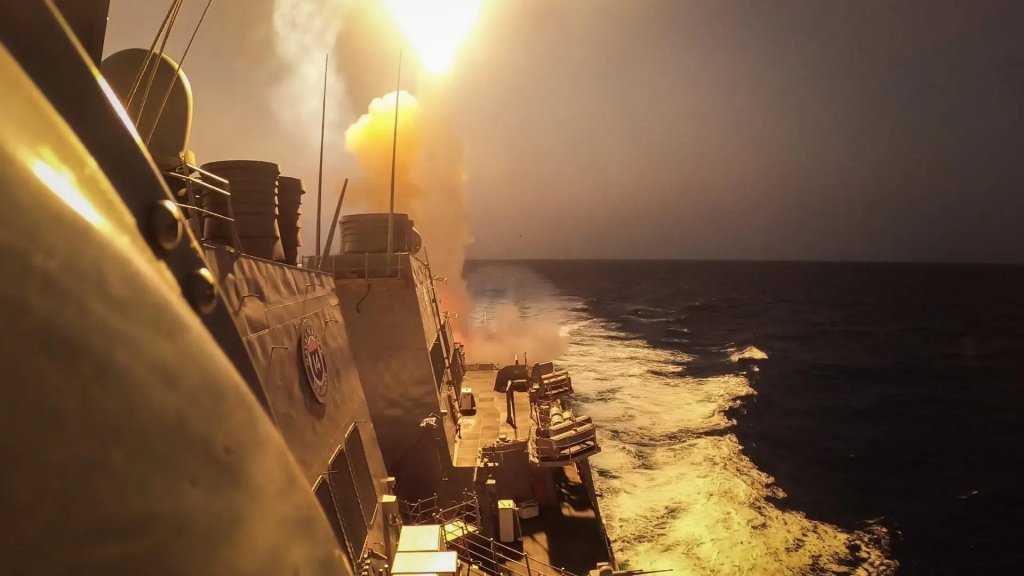
Regardless, Daly’s comments at the Surface Navy Association symposium show that the service has seen enough of what Nulka can do in real combat contexts to highlight the need for more electronic attack capability and capacity. The service’s top surface warfare officer also acknowledged work is already underway on systems that could help meet those demands, though he did not provide further details.
As already noted, the Navy already has one very relevant program ongoing now, called the Long Endurance Electronic Decoy (LEED). “The Long Endurance Electronic Decoy (LEED) program will deliver an expendable long endurance autonomous off-board decoy Countermeasure system, comprised of a flight vehicle and Radio Frequency (RF) payload with modular capability allowing for rapid modification of the Electronic Warfare (EW) payload,” according to the service’s 2025 Fiscal Year budget request.
LEED leverages work dating back to at least 2019 on an earlier effort called the Long Endurance Airborne Platform (LEAP). The latter project is known to have demonstrated a relevant capability using a tube-launched small, low-cost, tube-launched rotary wing drone called the Netted Offboard Miniature Active Decoy (NOMAD).

As TWZ has previously written about LEED:
“By all indications, LEED will not only have a longer endurance than Nulka, giving it more time on station and allowing it to operate further away from the ships it is shielding, but it will also have significantly greater autonomous and networked capabilities. If these decoys can operate together in highly autonomous swarms and readily exchange information with other electronic warfare nodes like SEWIP [Surface Electronic Warfare Improvement Program] systems onboard ships, it will allow them to present much more complex targeting challenges for an opponent and the seekers on their munitions. This could also help expand the total area of coverage offered by these decoys and enable them to rapidly shift focus if new, higher-priority threats appear.”
“Increased endurance and maneuverability will open up the ability for LEEDs to move like the ships that launch them while giving off similar signatures. This, in turn, will allow them to mimic individual vessels or, when working in groups, ghost fleets and do so at extended distances if required. In addition to presenting false targets for incoming missiles, this could confuse and draw away enemy forces who will have to devote extra resources to figuring out where the real threats lie.”

It is important to stress the valuable additional persistence and flexibility that a drone-like system like LEED would offer, as well as its potential ability to push those capabilities not just off-board but out to longer distances from the ship. TWZ highlighted these and other benefits in a previous feature laying out a detailed case for equipping Navy warships with swarms of drones capably performing a variety of missions.
As Daly noted last week, a capability like LEED, especially if the decoys can operate in networked swarms, could also help provide greater overall “saturation” in the face of high-volume attacks, including complex ones involving more than one category of threat (e.g. missiles and kamikaze drones together). Houthi attacks on ships in and around the Red Sea have provided clear examples of the additional challenges defenders face when dealing with incoming ballistic and cruise missiles, as well as drones, simultaneously.
If LEED functions, in general terms, akin to Nulka, then its capabilities would at least include the same kind of decoying and spoofing. LEED, which is described as having a modular payload, or other future off-board ship defense systems might incorporate additional electronic warfare capabilities like active jamming. Infrared decoy payloads may also be possible. Infrared sensors are also immune to radio-frequency electronic warfare, in general.
LEED is just one known element of a broader Navy push to develop and field an advanced, multi-faceted, cooporative and distributed electronic warfare ecosystem. This larger effort was once referred to as Netted Emulation of Multi-Element Signature against Integrated Sensors, or NEMSIS, which TWZ was the first to report on. Additional known efforts today include other off-board electronic warfare systems like the podded AN/ALQ-248 Advanced Off-Board Electronic Warfare (AOEW) system, which MH-60R/S Seahawk helicopters will carry and that you can read more about here.
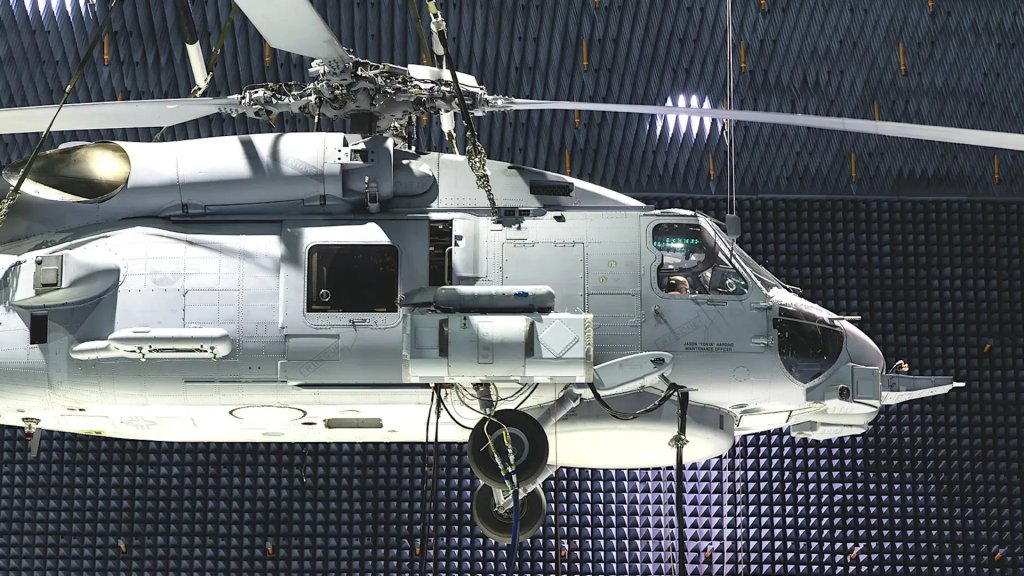
Navy budget documents had also made clear that LEED, at least, will be directly integrated with electronic warfare suites on the ships that launch them, including variants of the increasingly more capable Surface Electronic Warfare Improvement Program (SEWIP) family. The latest SEWIP Block III system includes its own new and extremely capable electronic attack capability, along with other features TWZ has explored in detail in the past.
Navy ships equipped with AN/SPY-1 radars have some additional onboard ability to execute electronic attacks. Certain versions of the AN/SPY-6 radar, which are set to be increasingly common across the service’s fleets, will have greater capability in this regard. Various Navy ships have gotten more ad-hoc additional electronic warfare capability in response to specific regional threats in recent years, as well. Other kinds of physical anti-missile decoys, including flares and chaff, are also in Navy service across its fleets.
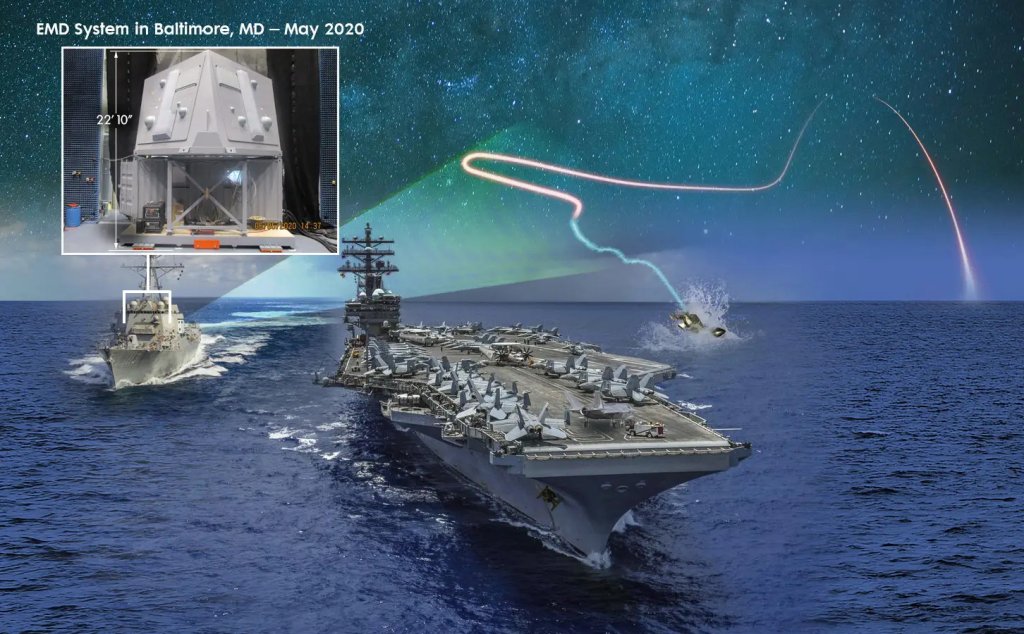
It is also worth noting here that the Navy is looking at adding high-power microwave (HPM) directed energy weapons to its fleets as another closer-in layer of defense against large cruise missile and drone barrages. The additional layer of point defense that HPMs offer, by extension, is seen as a way to help ships keep higher-end surface-to-air missiles available for use against threats that require their high performance. Of course, there is risk in not killing any threat as far out as possible, but the Navy is already choosing to use its deck guns against less threatening drones. The Navy has also been investing heavily in various tiers of laser directed energy weapons in the past few years for many of the same reasons, but there has been significant criticism about the progress, or lack thereof, on actually fielding those systems. More advanced and longer-endurance expendable decoys could be a boon in this regard, as well.
U.S. military operations against the Houthis in and around the Red Sea, as well as in the defense of Israel, in the past year or so, have already highlighted worrisome trends in munitions expenditures and the pipelines for restocking those arsenals, as well as limitations imposed by a lack of at-sea rearming capability. At the SNA symposium last week, Navy Vice Adm. Brendan McLane, head of Naval Surface Forces, disclosed that his service’s warships had fired 120 SM-2 missiles, 80 SM-6 missiles, and a combined total of 20 Evolved Sea Sparrow Missiles (ESSM) and SM-3 missiles, as well as 160 five-inch shells, in the course of these operations around the Middle East.
Lessons learned from the recent Red Sea fight have already led to more than one crash Navy program to expand the ability of its ships, as well as aircraft, to better engage aerial threats.
Combat experience with Nulka is now also providing new impetus for increasing off-board electronic attack capabilities available to Navy ships.
Contact the author: joe@twz.com
